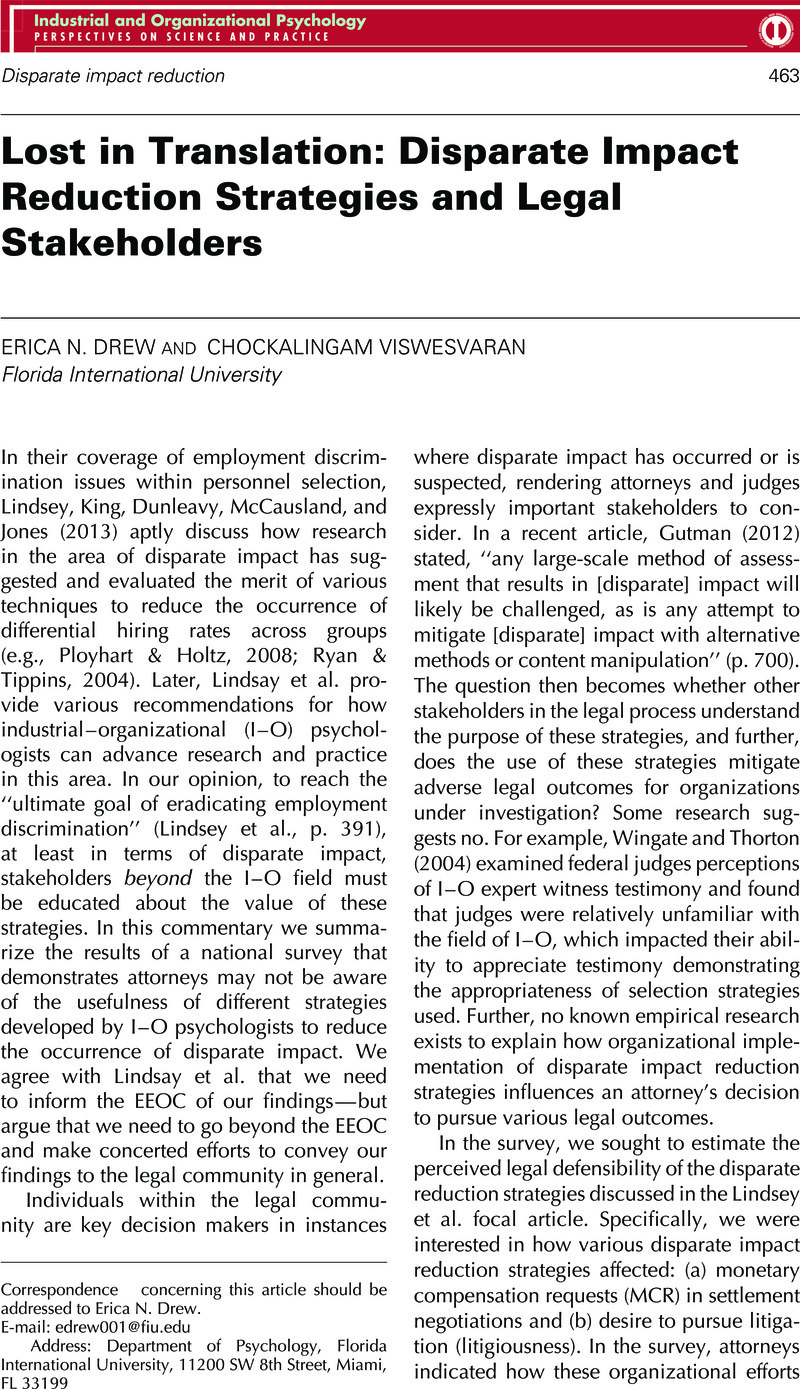Crossref Citations
This article has been cited by the following publications. This list is generated based on data provided by Crossref.
Yusko, Kenneth P.
Bellenger, Brian L.
Larson, Elliott C.
Hanges, Paul J.
and
Aiken, Juliet R.
2017.
The Wiley Blackwell Handbook of the Psychology of Recruitment, Selection and Employee Retention.
p.
422.





